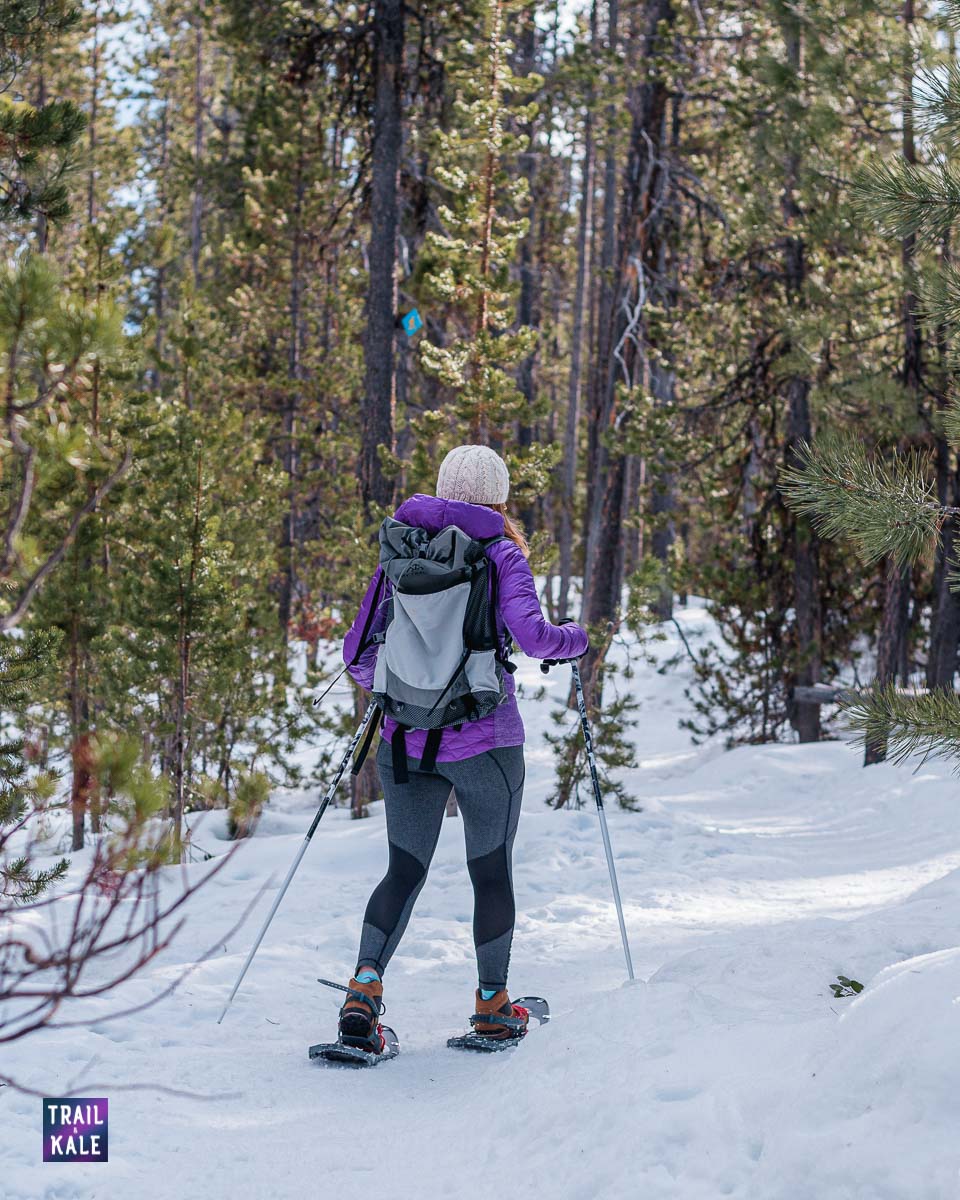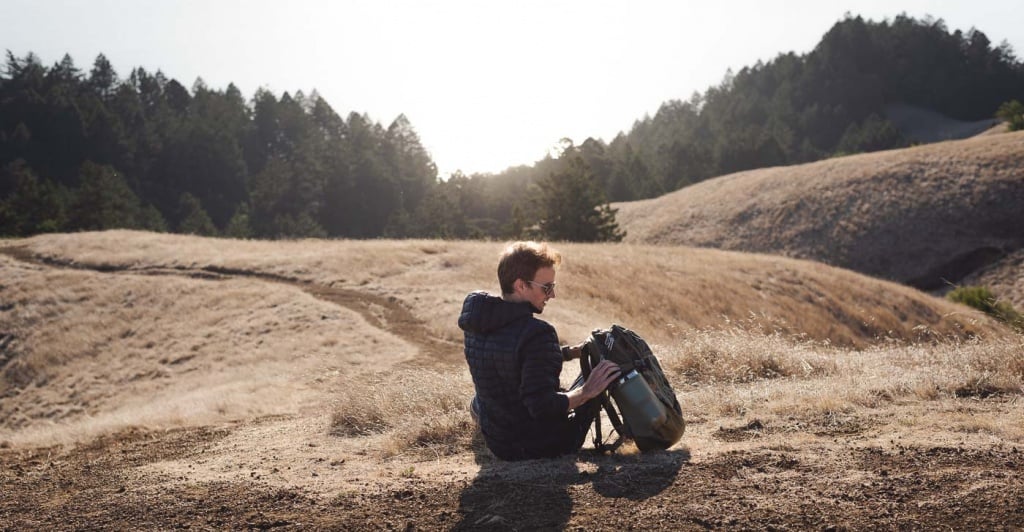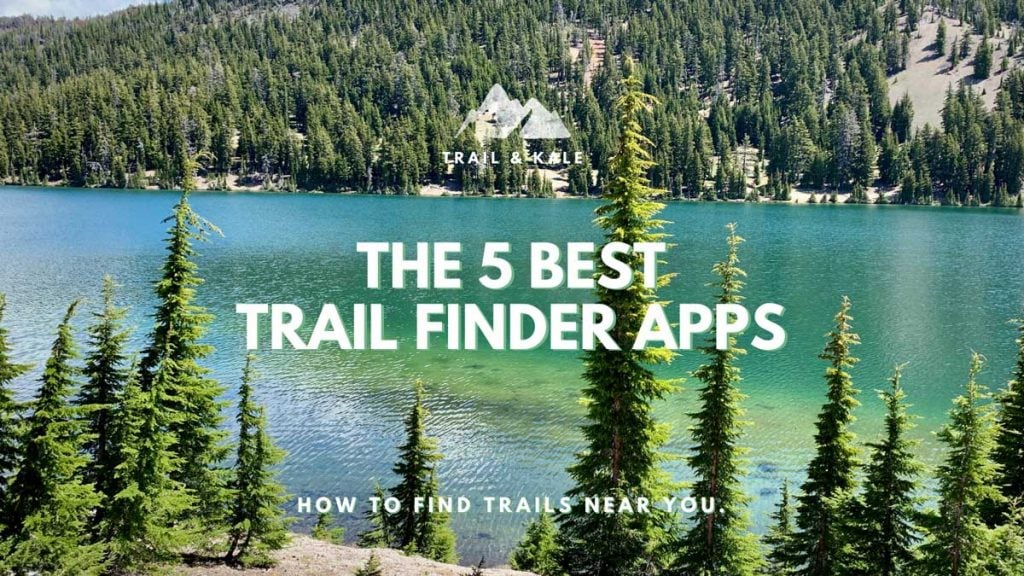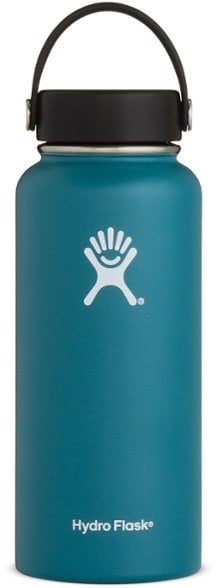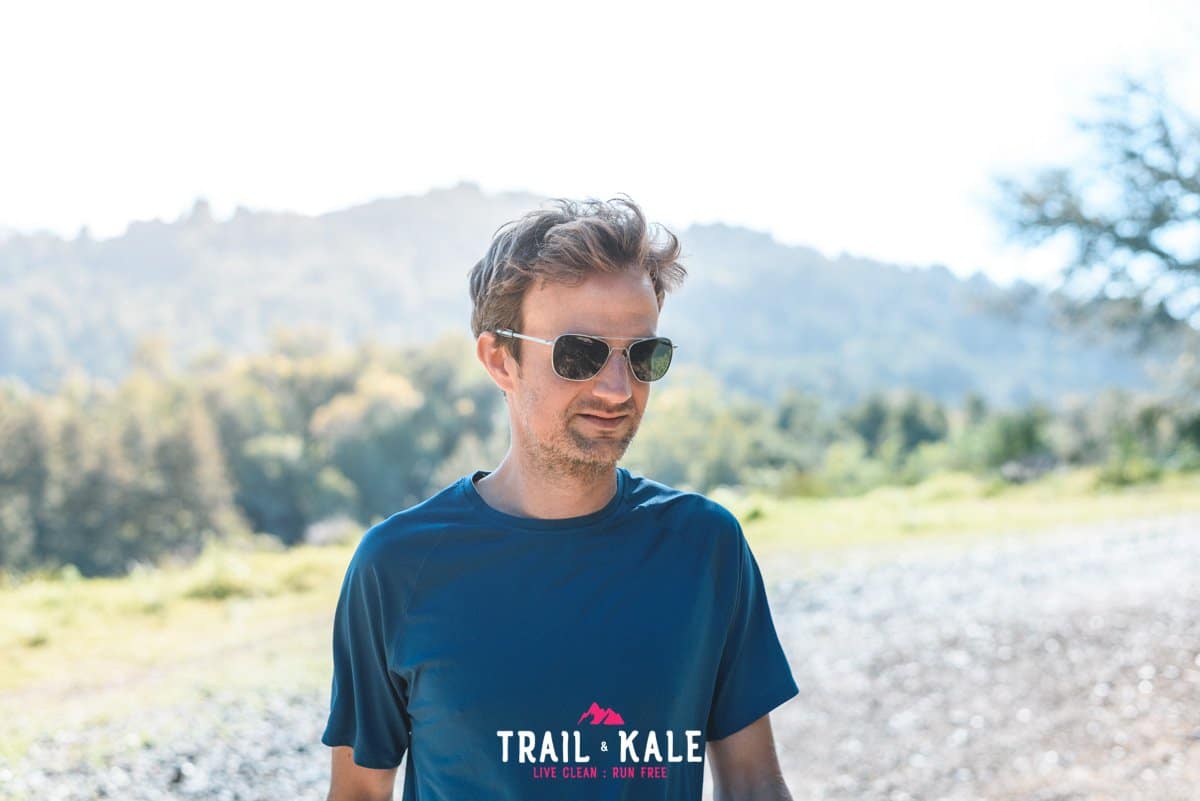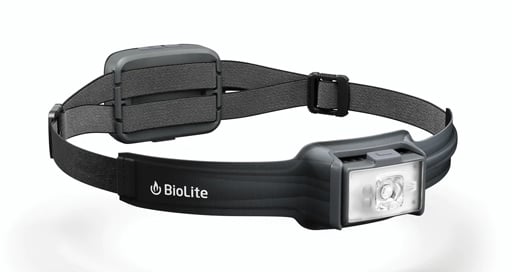Welcome to our complete hiking essentials guide and hiking gear checklist.
As well as a checklist of essential hiking gear, this post covers everything you need to know when you are new to hiking, including hiking tips, what to bring on a hike, how to pack for a day hike, and tips for building up your fitness levels to start hiking.
Having spent many years hiking, trail running and running ultra marathons on trails all over the world, we know a thing or two about hiking and hope that you’ll find all the hiking gear and tips in this post helpful in preparing you for your next hiking adventure.
- Hiking For Beginners: Hiking Basics
- 10 Hiking Tips
- The ’10 Hiking Essentials’ – Complete Hiking Gear Checklist
- How To Build Up Hiking Fitness
- Staying Safe When Hiking
Hiking for Beginners: Hiking Basics
Before we get into our hiking gear checklist, let’s cover a few of the hiking basics that you may be curious about when wondering how to start hiking.
What is hiking?
Hiking is basically a ‘long walk in the country’.
This could therefore encompass a wide range of different length hikes, from short walks in a local open space or at its most extreme, a multi-month ‘thru-hike’ traversing an entire continent on foot in the most long distance hikes.
Examples of well-know long-distance hiking trails that have become popular for thru-hiking include the Appalachian Trail and the Pacific Crest Trail in the United States (the Pacific Crest trail runs from north to south from the border with Canada down to the border with Mexico).
What is the difference between hiking and trekking?
Sometimes hiking is referred to as trekking. Most people will take the two to mean the same, although if someone tells you they’re going trekking, then you would imagine that it is a longer, harder hike than average, as it implies something more arduous.
In some countries there are different words for hiking, for example in the UK it is sometimes called ‘Rambling’ and in New Zealand hiking is often called ‘Tramping’.
How to get into hiking
The beauty of hiking is that you do not need much preparation or hiking gear to get started and go out on your first hike.
As a beginner hiker, starting to get into hiking can be as simple as picking a hike on a popular local hiking trail and spending 15 to 30 minutes spending time in nature by walking along the trail at a pace that is comfortable for you, and when that time is up, turn around and hike back the way you came.
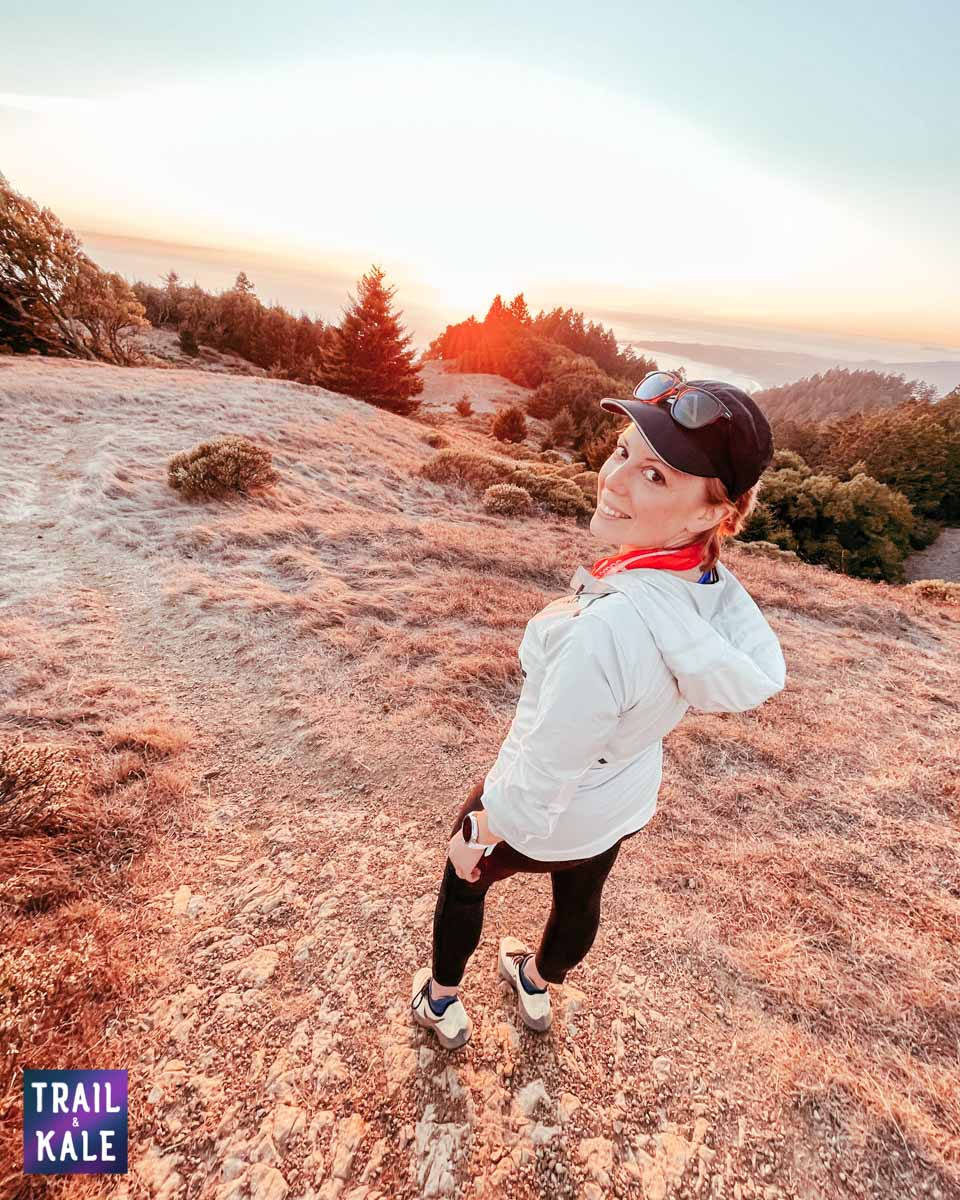
Doing out-and-back hikes like this is a good idea when you’re new to hiking because you’re not committing yourself to a long trek or a round-trip with a minimum distance to cover.
A great way to get into hiking is to start hiking with friends – either friends who are already hikers, or people you know who also want to start hiking – that way you can go on the journey together.
If you don’t know anyone near you who you can go hiking with, another great way to learn more about hiking and get out on hiking trips with other people is by finding your local REI or specialist outdoors store.
Many REI stores and other specialist outdoor stores host hiking-related events, which at REI are often free to members, offering introductions to hiking as well as group hikes for beginners.
These stores are also a great place to stock up on all the essential hiking gear you’ll need.
10 Hiking Tips for Beginners
1. Wear appropriate hiking clothes
The golden rule of what to wear hiking is do NOT wear cotton!
Clothes for hiking should be lightweight, breathable, moisture-wicking and quick-drying – so that they are comfortable to hike in, and pull sweat and moisture away from your body, reducing discomfort and chafing when hiking.
The best hiking clothes are also made of stretch fabric, so that they’re more comfortable to hike in – this is especially true when it comes to hiking pants – and great hiking clothes will additionally offer a level of sun protection, to reduce the chances of you getting sunburn through your clothes (yes, that’s a thing).
Visit our guide to what to wear hiking for a full checklist of hiking clothes.
2. Buy comfortable hiking boots (or hiking shoes) and socks
A well-fitting pair of boots will make the difference between a great hike and a bad one, and are definitely one of the most important hiking essentials.
Therefore, it’s definitely worth buying a high-quality, well-fitting pair of hiking boots that you find comfortable to wear when hiking for long periods of time.
When you are a new hiker, buying your first pair of boots or hiking shoes is likely to be the most expensive part of hiking for beginners. But the good news is, if you wear them regularly and look after them, then they will turn out to be a great investment!
If you have happy feet then the rest of you will be happy – or at least, if your feet are sore then it is not a fun place to be.
Head over to our best hiking boots and trail running shoes buyer’s guides for suggestions and advice on how to choose the right pair from you.
Don’t forget that having the right socks for hiking is almost as important as your footwear. Wool socks are generally a great choice for most people. Choose some from established hiking sock brands such as Darn Tough for a reliable pair that will go the distance.
3. Look at the weather conditions before heading out
An important hiking tip for the day and morning before you leave for your day hike is to check the weather at your hiking destination, to make sure you’ll have good enough conditions to go hiking and help you know what hiking gear you should pack.
If extreme or bad weather is forecast then this gives you the opportunity to change your hiking plans to another day or location.
Even if the weather is nice at home, it can be very different once you get to the mountains for a hike, as mountains tend to have more extreme and changeable weather, so it’s always worth checking before you set off.
Looking at the weather before a day hike also helps you ensure you are prepared and know what hiking gear to bring for spending time in that location.
For example, if strong wind is forecast, then even if it’s a nice dry sunny day, the wind chill factor can mean you will get surprisingly cold when on the hiking trail, especially if you’re at a significant elevation above sea-level.
If you are preparing gear to take hiking in summer and expect warmer weather then you’ll need to bring extra supplies to prevent against dehydration, such as additional water (or a means to filter water sourced from a lake or river), and sun protection, including a good hiking or running hat and sunscreen.
4. Plan your hike and research the area
Another top hiking tip for beginners is to research your chosen hiking trail in advance.
This includes planning your hike distance, knowing the weather and general climate of the area, and estimating how long your hike will take you and what to bring on a hike in terms of gear.
If you are going hiking in a state or national park, then it is very helpful to research your planned hike and the surrounding area of the park by checking their website and you can also call or drop into a ranger station to inquire about the trail conditions and trail difficulty levels.
For example, some trails may have a lot of weather exposure, technical terrain or elevation gain and loss involving steep ascents, descents and switchback trails, whereas other trails will be more mellow and require less effort and time to safely navigate.
Park rangers should also be able to recommend suitable hiking trails for in the area that you may enjoy.
Sometimes parks can have trails or areas closed due to current or past conditions such as fire burn areas, snow or landslides, so it’s good to find out about these so you can change your plans before heading out on your hike.
It’s also worth noting that in areas that receive a lot of snow in the winter months, trails may be covered in snow right up to the end of June, so while you can often visit those trails for short day hikes, there may be more suitable alternative trails for hiking, or you may want to look into trying snowshoeing!
5. Know what to bring on a hike and pack it in a daypack
In the hiking world there is a concept called the ‘Ten Essentials’, which sets out the essential categories of hiking gear so you can plan what to pack for a day hike.
It can seem daunting to have to think about packing so many things in your hiking backpack, but don’t worry, once you’ve gathered the pieces of hiking equipment you need to take on a hike the first time, then you’re pretty much all set for similar future hikes!
Our full hiking essentials checklist below covers the recommended hiking gear for beginners, so you can be confident you have the right items with you in your hiking backpack when you set foot on the trail.
Your hiking planning, such as researching the trail, location, climate and weather conditions will all also help you work out what to bring on your planned hike from this list.
If you don’t have a backpack suitable for wearing hiking (and stashing all your hiking essentials in) then read our guide to the best hiking daypacks to help you choose which type and size will be best for you.
6. Start day hikes early in the day
Hiking early in the day has several advantages, with the most important being that you get to start your hike before the heat of the middle of the day, which can be energy-sapping if you’re not acclimatized to it.
Another benefit of hiking early in the day is that you have plenty of daylight hours to complete your day hike in, so there is no rush or pressure to hike quicker than you feel comfortable or enjoyable in order to end your hike before sunset.
The trails also tend to be quieter in the mornings, which can make your hike more enjoyable especially on busy summer weekends when everyone decides to make their way out later in the day.
If you are planning to go on a day hike in the mountains then another good reason to go hiking in the morning is because mountain ranges such as the Rocky Mountains can often be exposed to afternoon thunderstorms, which bring with them not only rain, but lightning which can be especially dangerous to hikers if you’re somewhere exposed when the weather moves in.
7. Consider your fitness level
One of the biggest hiking tips I can give you is to be honest with yourself about your current experience level and fitness level when you are a beginner getting into hiking.
The key is knowing how to start hiking and enjoy your first day hikes, rather than have bad experiences from being out of your depth and struggling physically to safely complete your first few hikes.
If you feel that you’re out of shape it can really help to work on your hiking fitness before going hiking, as there are some simple ways you can do this from a strength and cardio (stamina) perspective, that will help you to enjoy the trails once you set foot on them. We’ll cover these in a later section below.
8. Start off with a short hike
Believe me, I know it’s easy to get excited at all of those beautiful natural open spaces, and plan an ambitious long hike or run that I later regret!
When you are new to hiking, it can be hard to tell how long the hike will take you, as a good hiking pace will depend on so many factors, including how quickly you want to hike (because there are no prizes for rushing along the trail, if you’d prefer to take your time out in nature).
Other factors that can influence how long a planned hike may take you, aside from how long the hike is in distance terms.
These factors include the weather, how difficult (‘technical’) the terrain is underfoot, whether the ground is wet (which can make it slippery and slower to safely hike across), and how much elevation gain and loss you’ll need to cover on your day hike.
If you aren’t used to hiking, and particularly uphill hiking, then definitely bear this in mind, because both uphill and downhill hiking can be challenging and strenuous for even the fittest of people.
How short is a short hike very much depends on the factors above so it helps to have this in mind when planning your first hiking trip.
A 3 mile / 5k hike on flat, easy terrain may only take an hour, but it could take three times that if you’re going up a mountain over tricky terrain in hot or wet conditions, for example.
Good hiking route apps and maps will include elevation profiles of popular routes, which will show you if you’re going to have to hike uphill and downhill along your planned hiking route, and I definitely recommend you check out our recommended hiking apps for finding and researching great hiking trails near you, for your first (or next) hike.
It could also be worth always packing trekking poles in your hiking backpack to help you out if you do find yourself on steeper terrain, or needing that extra support when hiking with tired legs.
9. Take enough water
Make sure you take plenty of water!
Hiking, for beginners especially, can be thirsty work and it can be surprisingly easy to run out of water a long way from the nearest safe water source – in fact, dehydration is one of the biggest trail dangers there is!
It can be tempting to take less water than you need because water weighs so much, but a top tip for beginner hikers is to NOT give in to that temptation and regret it when you’re super-thirsty an hour or so later 🙂
When hiking it’s easiest to carry water in a bottle or hydration bladder that you can carry in your hiking daypack and drink out of via a flexible hose-like straw.
Many hiking backpacks have dedicated areas in the back for storing and accessing a water hydration bladder for this reason.
10. Respect the trail: leave no trace
It’s a privilege to be able to spend time in nature and open spaces, and the only way to keep it that way is by leaving only footprints.
‘Leave no trace’ means just that – take everything that came with you on the trail home with you (or at least to the nearest trash can).
Respecting the trail and leaving no trace includes everything from food wrappers and fruit peel to toilet paper and your dog’s waste.
Even if it is something that will eventually decompose, the wildlife, ecosystem and other trail users do not want the space filled with evidence that you came and trashed it.
For extra karma points, you can also take any rubbish you find on the trail out with you to help care for the trail you’re hiking.
What to Bring on a Hike
So now we’ve covered what to wear, this section is all about what to take on a hike. This includes a hiking daypack and other essential hiking gear to pack.
The 10 things (or categories of things) to bring on every hike are sometimes referred to as the ‘Ten Essentials’, which can help you remember them all when you’re packing for a day hike.
These, together with our recommended additional hiking essentials for beginners (such as trekking poles), are listed below.
The 10 Essentials: Complete Day Hiking Gear Checklist
1. Sun protection
2. Rain gear and cold protection
Waterproof jacket [recommended men’s waterproof jackets and women’s waterproof jackets].
Warm layers (made of technical, breathable, sweat-wicking materials such as polyester or merino wool). See our Merino wool baselayers buyer’s guide for good examples of layers to wear for hiking.
Consider: Buff, neck gaiter, gloves, warm beanie hat, ankle gaiters.
3. Water
Water bottle or hydration bladder.
More water than you think you’ll need.
Consider: a backpacking water filter if you may need to fill up during your hike, or taking a bottle that can filter and purify the water for you, such as a LARQ bottle or Grayl Ultrapress (pictured below).
4. Food
Plenty of high-energy snacks
Good food options for hiking include nuts, dried fruit, bananas, peanut butter sandwiches and pre-made energy bars such as Clif Bars
5. First aid kit and hygiene supplies
Blister kit [read how to prevent and treat blisters].
Insect repellent
Toilet paper
Plastic zip-lock bag for paper and waste
Consider: especially if you’re going somewhere more technical / remote then increase your hiking first aid kit supplies appropriately to include other items such as gauzes, bandages and rehydration salts. It’s also possible to buy a pre-prepared first aid kit for hiking.
6. Navigation
Map and compass
A fully charged phone in a protective case (for making calls in, not to rely on for navigation) and cash
Consider: A GPS watch or handheld, and a personal locator beacon/tracker such as the impressive Garmin InReach Mini 2.
7. Torch
A headlamp or handheld torch, with batteries charged [check out the best headlamps we’ve reviewed on Trail & Kale]
8. Fire
A lighter, fire striker or matches
9. Knife
Multitool such as a Leatherman
Simple repair kit for gear, including cord and duct tape
10. Shelter
Other gear you may want to take hiking

Trekking poles [see our recommended lightweight poles here]
Whistle and / or a personal alarm
Camera
Nature ID book (for bird, animal, plant or weather system identification).
How to build up your hiking fitness
If you are reading this guide to hiking for beginners then a big question you may have is how to build up your hiking fitness so you can comfortable do day hikes.
Hiking is in itself a great form of exercise, so if you already have some level of fitness then starting out with short, easy hikes doesn’t necessarily need any hiking fitness preparation.
However, if you are looking to improve your fitness before you start hiking then a great way to prepare for hiking is to invest in a good pair of hiking boots and start using them to walk places on a regular basis.
A walk every day can really make a difference in terms of your overall fitness level – and you can choose the length and duration depending on your current fitness level.
Once you feel ready, you can also start hiking up and down hills and stairs to start to work your muscles differently, which you’ll feel especially in your legs as well as your back and abs.
Another benefit of doing neighborhood or lunchtime walks in your hiking shoes or boots is you are also ‘breaking in’ your footwear and getting used to wearing your hiking boots and socks for increasing durations – so if you do get any rubbing or ‘hot spots’ on your feet or ankles you can address them before you hit the trails for your first hike.
If you haven’t done much exercises recently it may also be worth speaking with your doctor before starting an exercise program including a potentially strenuous activity like hiking.
Staying safe when hiking
One of the commonly asked questions about hiking for beginners is ‘is hiking dangerous?’. The reality is, most day hikes and trails are not dangerous, and it pays to use common sense and know your own limits when you go out hiking, especially if you are a new hiker and haven’t spent much time to date on trails.
Generally the main dangers of hiking are to do with the weather and the impact of the weather on the hiking environment, rather than animals or other people.
We’ve already talked about some of the biggest potential hiking risks you may face, which are dehydration if you run out of water while hiking, injury if you have an accident or hike beyond your fitness level / ability, and exposure to the weather, such as cold wind, rain and events such as lightning in the event of a storm.
While accidents such as twisting an ankle happen, most hiking risks can be minimized and mitigated by being prepared with the right hiking equipment, using common sense and managing yourself in terms of hydration, nutrition, exertion levels and exposure to the elements.
As best practice when hiking and spending time out on trails, it is always sensible to tell someone before you go hiking where you are going and when you expect to be back, so they can raise the alarm if you don’t check in.
You can also bring hiking gear designed to help you navigate and be found if you get lost or have an accident, which is explained further below but may include a map and compass, a GPS watch or handheld device, and even a personal locator beacon and satellite communicator that tracks your location by GPS.
For more on this topic, this post covers in more depth how to stay safe when on trails and how to handle common trail dangers.
TRY TRAIL RUNNING: If you would like to move faster through the trails than regular hiking can allow, consider trying out trail running!
We are the leading authority on the web when it comes to trail running advice you can trust, so if this sounds like something you would like to get into then have a read of our ultimate guide to trail running for beginners.
TRY SNOWSHOEING: If you’re reading this and there is still snow on the trails near you then also consider snowshoeing!
Read our guide to snowshoeing to learn more about snowshoeing for beginners, including technique, what gear you need and how to find trails you can showshoe on.




